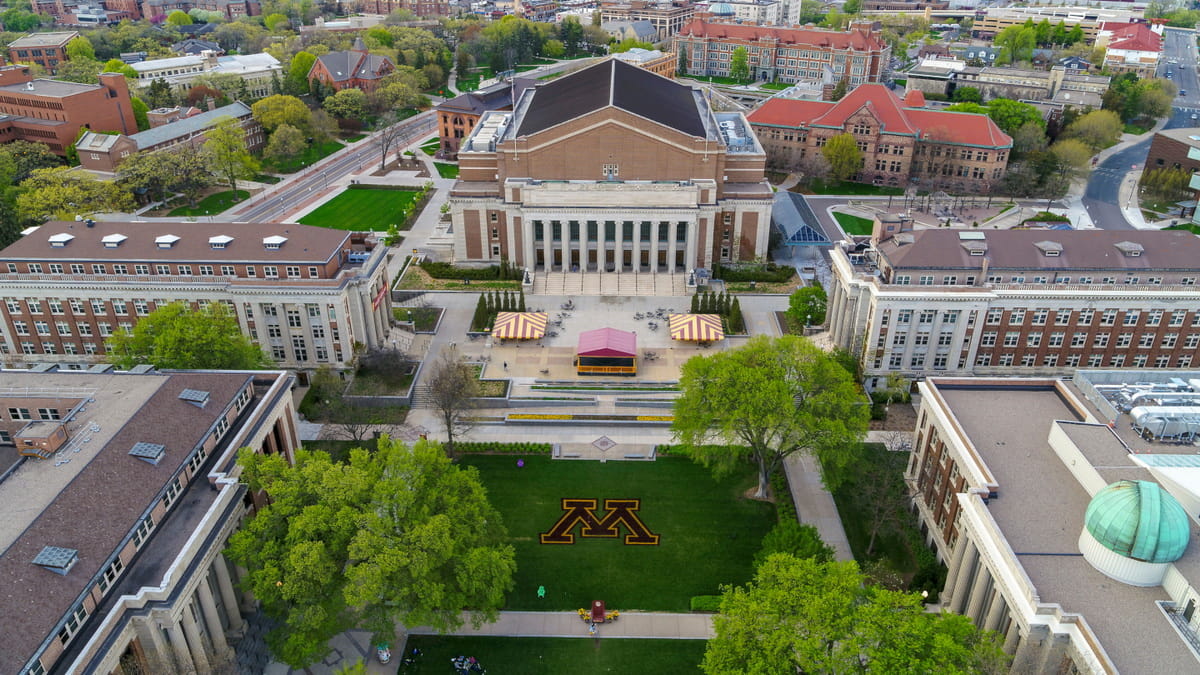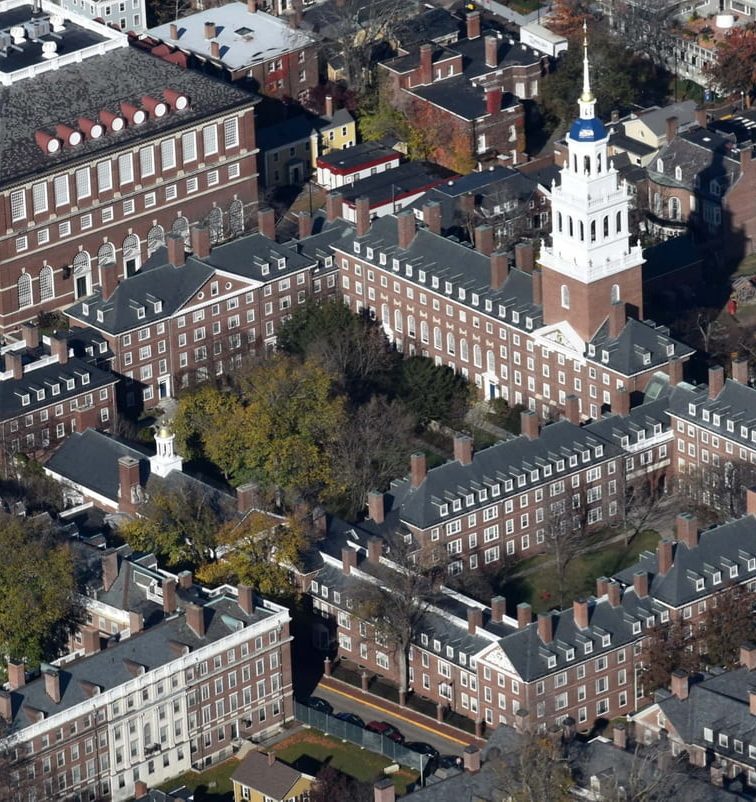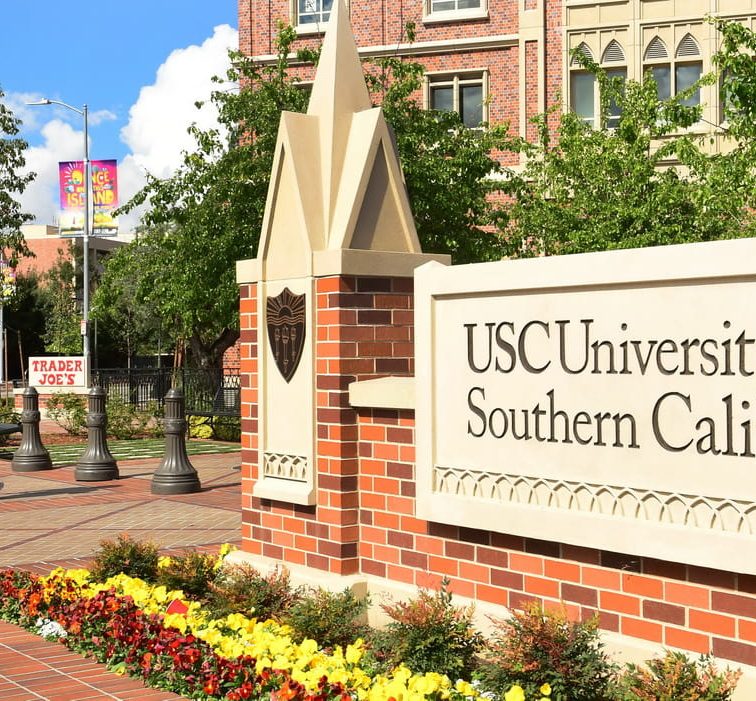At the University of Minnesota, did you know that a Nobel Prize-winning author once roamed the campus, or that a groundbreaking medical device was born here? This institution is not just about classrooms and textbooks; it’s a place where history is made and traditions are born.
As we delve into the fun facts about the University of Minnesota, prepare for a journey through its remarkable contributions to science, literature, and cultural heritage.
1. Gopher Mascot: A Unique Origin
The mascot Goldy Gopher traces back to 1857 when Minnesota became known as the “Gopher State.” The mascot’s official debut was in 1952, inspired by a cartoon drawing and a fuzzy wool suit worn by a marching band member.
Goldy has undergone several redesigns, evolving from a teddy bear appearance in the 1970s to the current depiction of a 13-lined ground squirrel, a species native to Minnesota. This evolution reflects the university’s spirit and heritage.
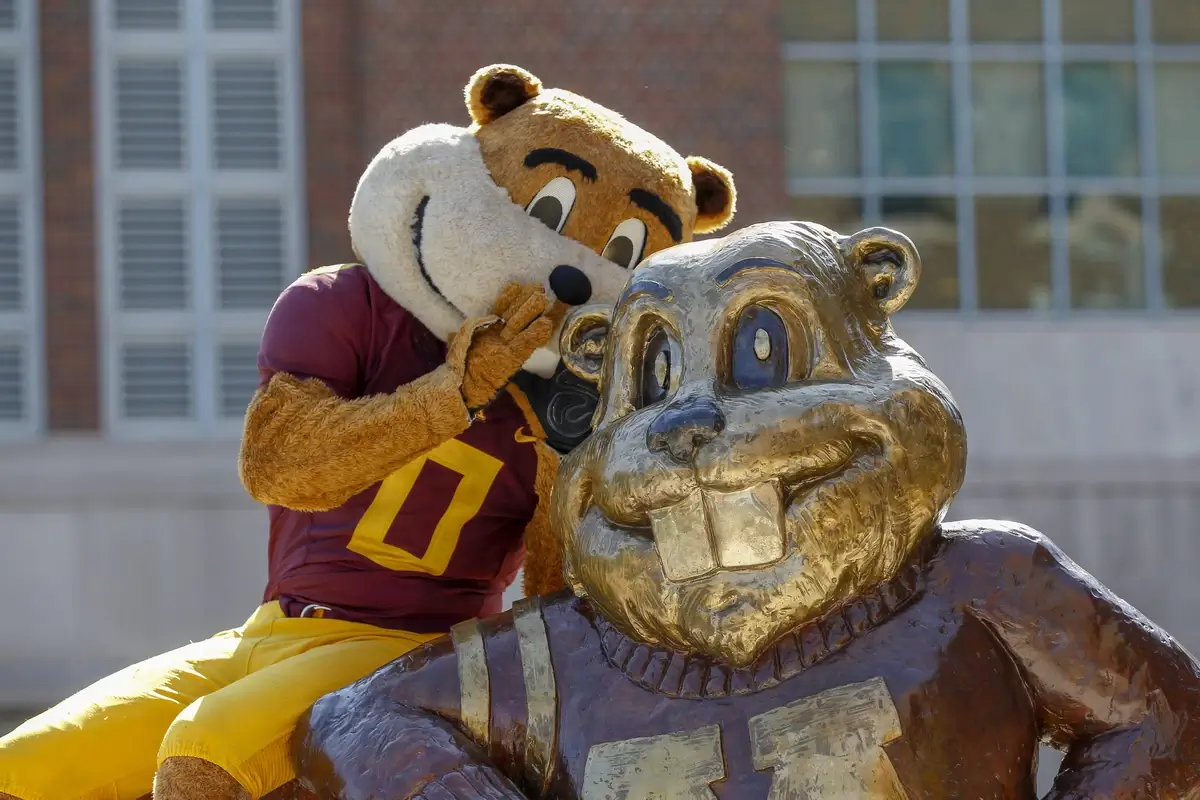
Image: x.com
2. The Nobel Prize Connection
The University of Minnesota boasts 25 Nobel laureates, a testament to its academic and research excellence. Notable awardees include Bob Dylan, who won the Nobel Prize in Literature in 2016, and Thomas J. Sargent, recognized in Economic Sciences in 2011.
The university’s Nobel winners span various fields, underlining its diverse intellectual environment and commitment to innovatie.
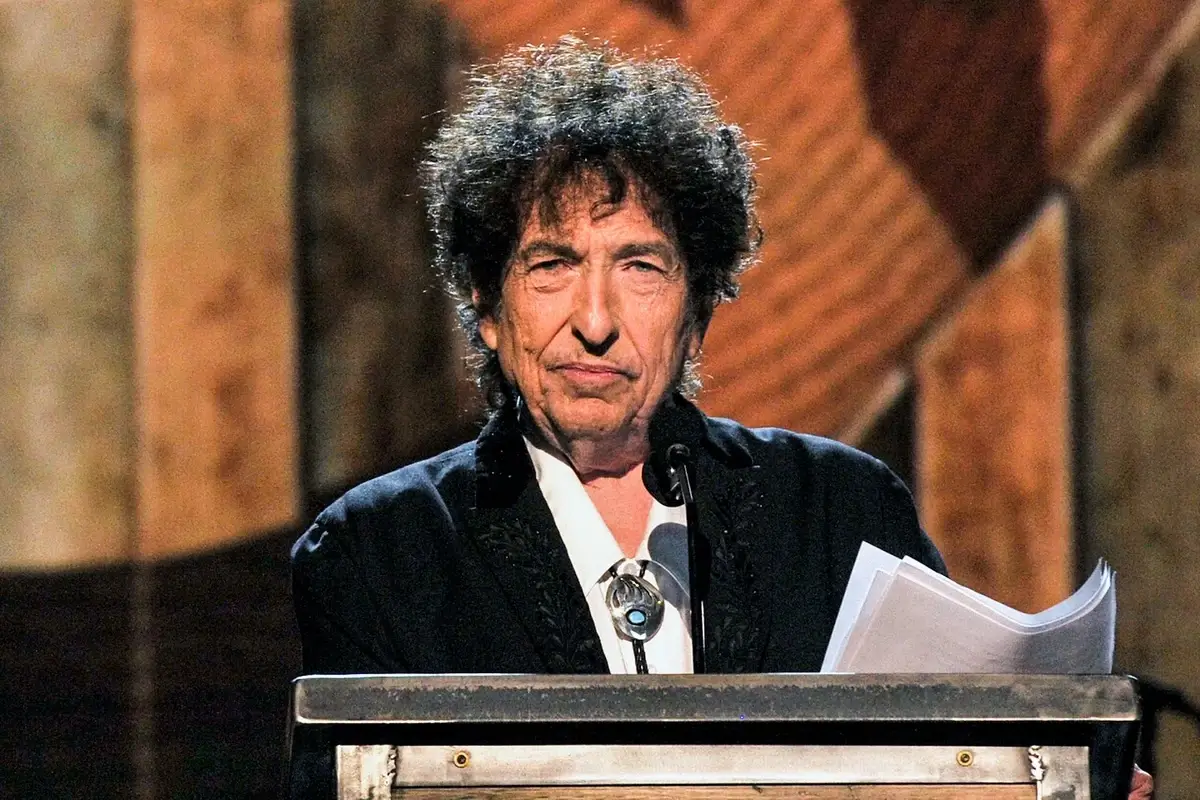
Bob Dylan at the Nobel Prize ceremony. Image: vanityfair.com
3. Gopher Way: A Unique Tunnel Network
The University of Minnesota stands out with its unique Gopher Way, a comprehensive network of tunnels and skyways. This innovative system offers a weatherproof means for students and faculty to navigate the expansive campus, ensuring seamless connectivity between buildings.
The Gopher Way is a testament to the university’s dedication to providing a comfortable and accessible learning environment, reflecting its commitment to student welfare and architectural innovation.

dingo444 / Flickr
4. Pioneering Supercomputing Era
The University of Minnesota was a pioneer in supercomputing, being one of the first universities to own a supercomputer. This technological advancement has bolstered research in areas like climate science and genomics.
It demonstrates the university’s dedication to staying at the forefront of technological innovation and research excellence.

Image: umn.edu
5. Historic Homecoming Traditions
The University of Minnesota’s Homecoming tradition began in 1914 with a football game against Wisconsin Badgers, a victory that sparked an annual celebration. Over the years, the event has evolved, incorporating various activities like dances, parades, and royalty crowning.
While some traditions like the Homecoming dance faded away in the early 2000s due to low attendance, others like the Homecoming parade have endured. The event was even put on hold during World War One and experienced changes during World War Two. Today, Homecoming remains a cherished tradition, reflecting the university’s spirit and history.
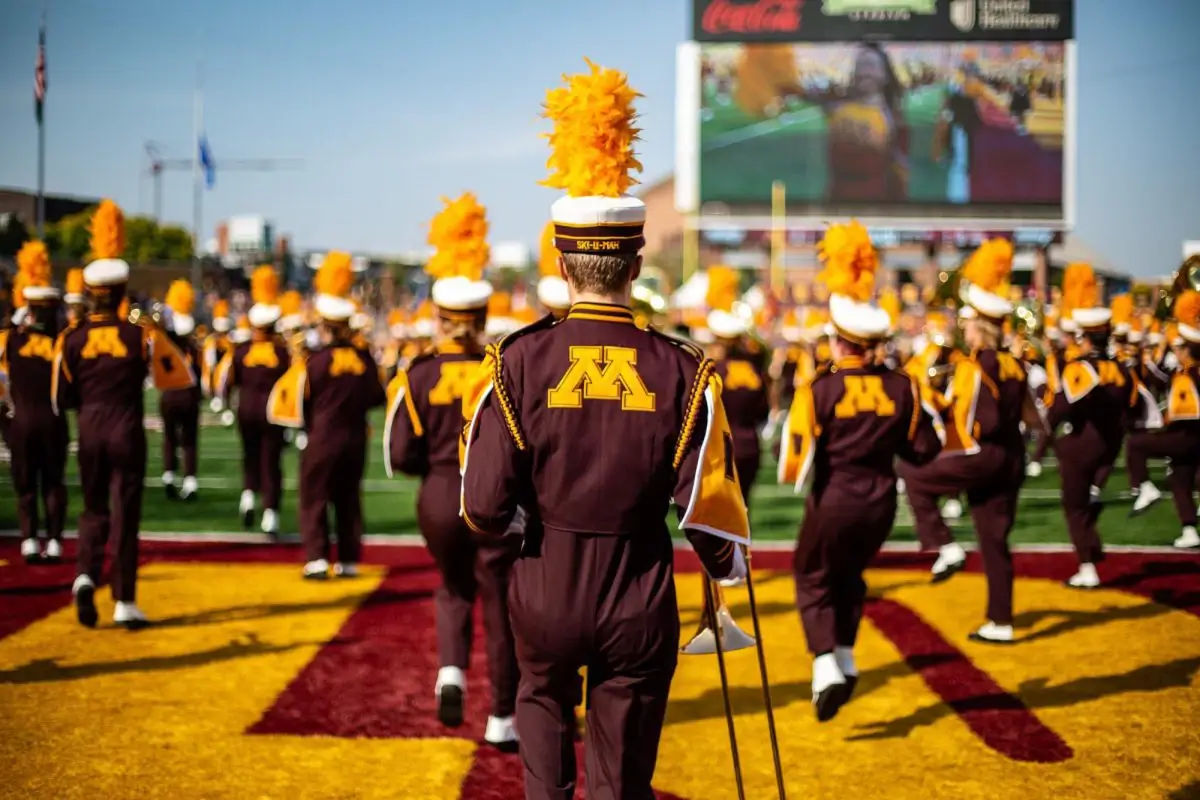
A University of Minnesota Marching Band member dashes onto the field for their homecoming show on September 30. Image: mndaily.com
6. The Raptor Rehabilitation Center
The Raptor Center at the University of Minnesota, established in 1974, is renowned for its work in the medical care, rehabilitation, and conservation of raptors. It specializes in treating various birds of prey, including eagles, hawks, owls, falcons, osprey, and vultures.
Each year, the center treats around 800 birds and extends its impact through public education programs and events, reaching over 150,000 people. The center also offers training in raptor medicine and surgery for veterinarians globally, playing a vital role in wildlife health and conservation efforts.

Image: umn.edu
7. Birthplace of the Pacemaker
The University of Minnesota is recognized as the birthplace of the wearable, battery-powered pacemaker. In 1958, Earl Bakken, co-founder of Medtronic, invented the first battery-powered wearable pacemaker in response to a challenge from Dr. C. Walton Lillehei, a pioneering heart surgeon at the university.
This groundbreaking innovation not only transformed cardiac care but also marked Minnesota as a hub for medical innovation.

Image: mprnews.org
8. The Andersen Literary Archive
The Andersen Literary Archive at the University of Minnesota, housed in the Elmer L. Andersen Library, is a treasure trove of literary history, particularly pertaining to the Upper Midwest.
Established in 1971, the Upper Midwest Literary Archives (UMLA) preserve and provide access to the personal and organizational papers of authors, poets, critics, and presses influenced by this region. This includes the works of John Berryman, Carol Bly, Graywolf Press, and Milkweed Editions, among others.
The archives serve as a vital resource for students, scholars, and the general public interested in the rich literary history and independent publishing scene of the Upper Midwest.

Image: umn.edu
9. Music Education’s Evolution
The evolution of music education at the University of Minnesota reflects a broadening of the curriculum and approach over the years. This could include the integration of diverse music genres, the use of technology in music education, research in music therapy, and community outreach programs.
Universities often evolve their music education programs to stay abreast of educational trends, technological advancements, and the changing landscape of the music industry.
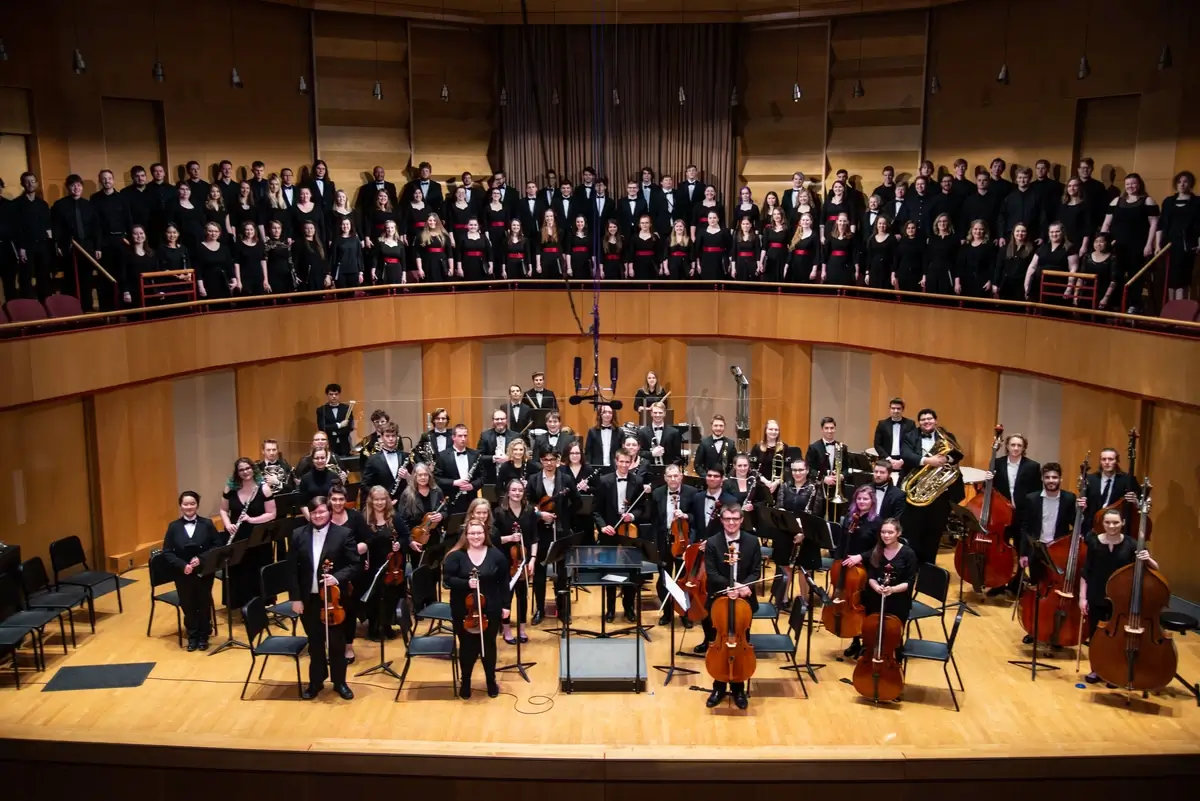
Image: umn.edu
10. Leading in Sustainability at the University of Minnesota
The University of Minnesota demonstrates leadership in sustainability, notably cutting its greenhouse gas emissions by over 51%. Key initiatives include water resource management, sustainable transportation, renewable energy, and waste reduction.
The university involves students in sustainability efforts and aligns these initiatives with its strategic plan, MPact 2025, to foster a sustainable future and environment-focused education and research.

Image: umn.edu
FAQ
What major is University of Minnesota known for?
The University of Minnesota Twin Cities is recognized for a variety of majors, with some of the top-ranked including Agricultural Sciences, Information Technology, Kinesiology and Physical Therapy, Education, and Design. These programs reflect the university’s broad academic strengths across multiple disciplines.
Why is University of Minnesota good?
The University of Minnesota’s strong reputation is built on its diverse range of high-quality academic programs, research opportunities, and a commitment to innovation and community engagement.
Is University of Minnesota cheap?
The cost of attending the University of Minnesota varies based on factors like residency, program, and level of study. It’s known for offering competitive tuition rates and value for education.
Why was University of Minnesota founded?
The University of Minnesota was founded to provide higher education opportunities to the residents of Minnesota and to contribute to the state’s research and innovation landscape. It plays a vital role in the educational, economic, and cultural life of the state.


